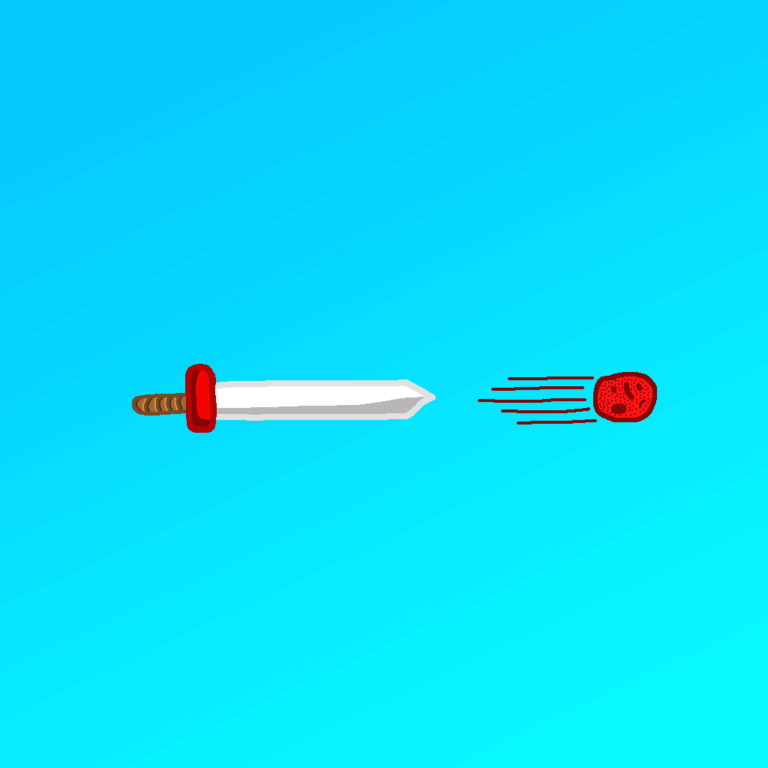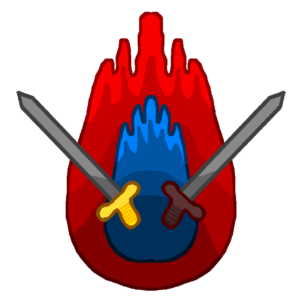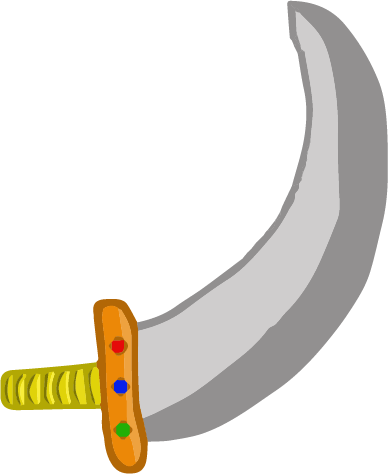Join US
Do you want to build the fantasy world you’ve always dreamed of?
Subscribe to receive notifications when a new post is out and for our monthly newsletter!
You can always unsubscribe anytime.


This is the first of a series of articles covering the different weapons commonly associated with fantasy. We begin with the one that comes to mind whenever you think of fantasy. In fact, there’s no major franchise in the genre that doesn’t have swords. The reason why they’re so commonplace is because they’re awesome. They come in many shapes and sizes and while a great majority are wrought with iron, there are swords made in other, rarer materials. This article will look at the 3 different types of fantasy swords.
Nearly every armorer in the many worlds that make up the genre makes and sells these blades and do you know why? It’s because there’s always a demand for this weapon. While there have been times where a world is at peace, such peace is fragile and before long, the world explodes into conflict. Even in peacetime, people buy swords to defend themselves from attackers.
There are several uses for this kind of weapon:
Swords see their most use when the world is engulfed in the flames of war. The military typically purchases large quantities of blades from local armorers or they use their own forge to mass-produce them. Every soldier carries one into battle, hoping that he makes it to the next one.
Let’s begin with the most basic of the different types of fantasy swords.
When you think of a sword in fantasy, what image pops up? A standard iron sword like you see in many fantasy book covers. The reason why iron blades are so common is because out of many resources available, iron was readily available and was used to make tough, durable blades that could easily break through flesh.
Each blade was outfitted with a hilt and pummel at its bottom in the forging process to ensure it was easy to hold and to use in battle. Due to their ease of use and exceptionally sharp blades, swords became quick, efficient killing weapons and became the go-to weapon in times of war. However, said blades would dull over time and had to be resharpened using a grindstone.

While iron was heavily used to produce blades, it wasn’t the only resource that was used. One such resource was wood. Cheap and widely available, wood was used to craft swords for instructional purposes. Those swords were designed for people who were learning how to use them, how to kill, and how to hold them. Those students were usually led by an expert swordsman and these wooden weapons were meant to teach them without anyone actually getting harmed.
Another type of standard sword was the silver sword. While silver was mostly used for currency, it found another use in battle. Swords forged with silver were rarer and more expensive than the iron versions. Since silver’s heavier than iron, blades forged in silver consume more energy to hold due to their considerably heftier weight. However, they pack a mightier punch than their iron counterparts and can quickly destroy their target.
The vast majority of swords contained long, straight blades that ended in a tip. However, there was quite a substantial minority that were curved. They were called scimitars and thus they’re the second type of fantasy swords.
In many worlds, scimitars were used solely in desert kingdoms. They were equals to their straight cousins with only a difference in how they were handled in a fight. Straight swords were held outward at a diagonal angle with the hilt closest to the body whereas scimitars were held the same, except the curved tip pointed back to the body. In battle, users with straight blades could devote their full focus on their opponent. On the other hand, scimitar users had to pay a bit attention to their positioning and where their scimitars were. One misstep and the scimitar blade could accidentally cleave some skin off his owner’s face.

Scimitar training was a tad more extensive than their straight counterparts. While both groups had to learn to be one with the sword, scimitar trainees had to always be aware of where the curved blade was. Due to their extensive training, scimitar users were more deadly on the battlefield, being able to cut down their foes quickly and efficiently.
Like their cousins, scimitars were forged mostly in iron. These curved blades could and did have other resources like silver or gold instead of iron though in most cases, these kinds were used for ceremonial purposes.
Swords have another purpose that’s associated with fantasy. In fact, this purpose is exclusive to the genre. Blades infused with magic are far more powerful than their non-magic versions. They can do basically anything like shoot a bolt of lightning at their enemies or glow with flames. As such, magic swords are the third and last type of fantasy swords.
Due to their great power, magic swords are rare and only powerful sorcerers and leaders have them. There are a couple methods to create such powerful weapons. Firstly, in the forging process, the wizard injects some magic to the blade as it’s being created. Secondly, the sorcerer either holds it up high or places it on a pedestal and bestows some magic upon it.
Nearly every magic sword has a name given to it by its creator and their names hint to what they do. For example, the Master Sword in The Legend of Zelda is designed to destroy evil. One of the most well known swords in fantasy is Excalibur, King Arthur’s legendary blade. Excalibur set the standard for magic swords in the genre and even today, many such blades have been modeled after him.

Swords and fantasy go together like peanut butter and jelly. When making your own world, spend a bit of time designing the typical sword. Is it forged in iron or something else? Should the hilt and pommel be simple or elegant? Rough or smooth to the touch? Is the blade straight or is it curved like a scimitar? Is its purpose for battle or is it purely ceremonial?
When designing a magic sword, think about what magic you want it to have. If you want the power of wind, have it shoot out a great gust of air that knocks your opponent off his feet. Choose colors that complement the magic it has.
You can’t go wrong with including the types of fantasy swords we covered in this article in your world!
Let me know what you think in the comments below. (Note: this is an account-exclusive feature).
If you don’t have one, you can register here. It only takes a few moments of your time!
Liked this article and want to subscribe? All you have to do is fill out the form below and that’s it!
Thanks for reading this and until the next time,
Sunfire
Subscribing means you receive:
You can always unsubscribe anytime.
Do you want to build the fantasy world you’ve always dreamed of?
Subscribe to receive notifications when a new post is out and for our monthly newsletter!
You can always unsubscribe anytime.